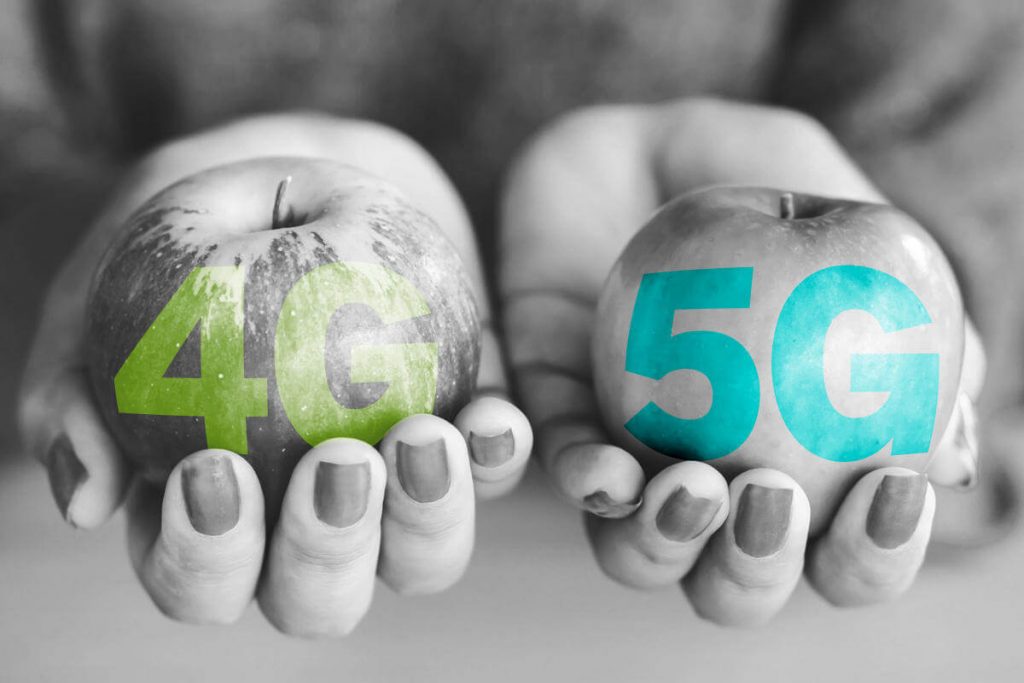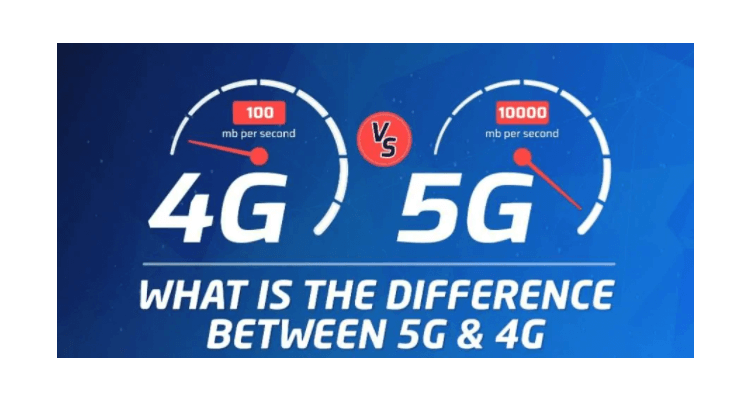As we know that 5G is the newest mobile networking technology and looks to replace 4G by providing a number of improvements when it comes to coverage, reliability, and speed. Are we ready for this evolution? Umm, yes. The primary reason for upgrading the network is to support the ever-increasing number of devices that demand steady internet access. Most of them require extra bandwidth to function normally and for that, 4G simply does not cut anymore.
5G is much different from 4G as it uses new kinds of antennas and operates on a different radio frequency. The delays will be minimized and you will be able to do everything in the blink of an eye. Some people argue that 5G will affect the broadband industry but honestly, it will not. Providers like Spectrum are aiming for fiber internet connectivity and that would be offering speeds around 1000 megabits per second, enough for the residential customers. Call Spectrum Customer Service to get further details and ask if the technology is available in your area.

How does 5G work differently than 4G?
5G is a new technology and to be fair, it would not be new if it were not fundamentally different from the existing technology. Therefore, we will be comparing all the basic differences between 4G and 5G.
4G networks were using frequencies below 6GHz. If someone time travels from the past, he or she would make a big deal out of this 6GHz. Not us. The 5G network will be using extremely high frequencies ranging from 30GHz to 300GHz. What an upgrade? Isn’t it?
For a layman, the question becomes how these frequencies make a difference? Well, these high frequencies are important for several reasons. They have the capacity to support huge data transfers within seconds. Moreover, these high frequencies are less cluttered with our existing cellular networks that mean they are perfect for catering to the increasing bandwidth demands. Since these frequencies are directional, so they will fit in rightly with the other wireless signals without any interference.
5G has shorter wavelengths. This means that we can finally get rid of the large antennas and the ones we will use shall be much smaller. We will be able to install more directional antennas in a single base station and this entails more coverage. One estimate states that 5G can support over 1000 devices per meter than 4G.
However, there is one catch. There has to be a clear line of sight between the antenna and the device receiving the signal. The objects, humidity, and rain easily absorb these high frequencies. Thus, they will not be able to travel far. The problem can easily be solved by strategically placing antennas in houses or positioning large ones throughout the city. Every technology has challenges in the beginning but as the technology grows, a viable solution is found.
This one is for the gamers: Latency!
If you are a gamer, this is the only thing that matters to you. Who doesn’t want their online games to run smoothly without any lag? Latency in simple terms is the time taken by your devices to communicate with each other or with the server.
Speed is merely the time taken by your device to download a webpage or a file. Latency is the time taken by the message from your computer to reach its destination. With 4G, you should not expect low latency.
5G will be making it virtually zero!
This is going to influence the new generation of gaming. People will be able to play remotely in real-time using wireless consoles. The best part is all of them will be exactly on the same page as the others.
Cost
As of now, no major carriers in the US are charging for 5G plans yet but it could change though. AT&T announced that this new generation of network would cost the customers similar amounts as home broadband plans. For now, AT&T’s only device for the consumers is Netgear’s Nighthawk that will cost the customers just $70 on a monthly basis.
Verizon will cost customers $10 on top of their existing data plan for 5G. Moreover, Sprint and T-Mobile are not charging customers separately for 5G but the only requirement is to activate a 5G phone with an unlimited monthly data plan. In the case of T-Mobile, the plan is called Magenta and it costs $70/mo. for a single device.
Does that mean 4G is done?
Not really. Most of us were relying on 3G even when 4G was available. This is exactly what we think will happen with 5G. The notion that 5G is an ultimate replacement for 4G is somewhat erroneous. I would call it more complementary technologies.
It is important to note that all the carriers are still upgrading the existing 4G networks to improve the latency and download speeds. It is projected that 5G will hit most of the big cities and only a handful of premium phones will be able to take full advantage. For the rest of us, we will have to wait a year maybe two for 5G to spread across geographical regions.
5G’s availability
T-Mobile, Sprint, and AT&T have rolled out 5G in 18 cities. The businesses will have access to a better version of 5G. It will be based entirely on their requirements. With the 5G devices like Galaxy Note 10+, LG V50, and OnePlus 7 Pro, customers can enjoy ultra-fast internet.

